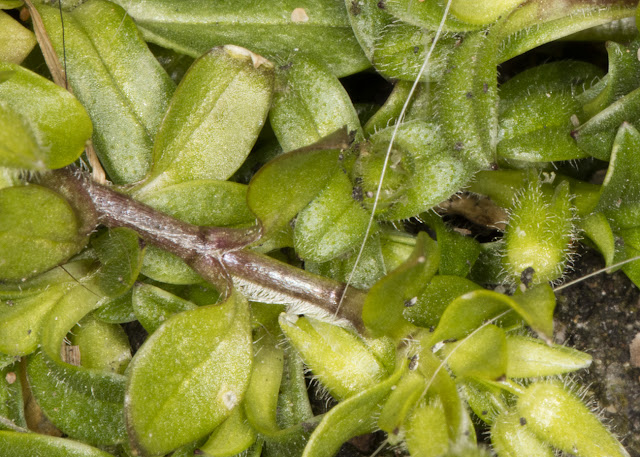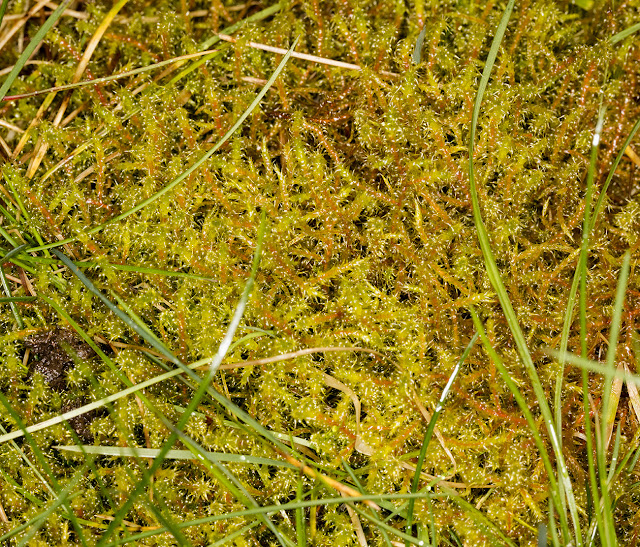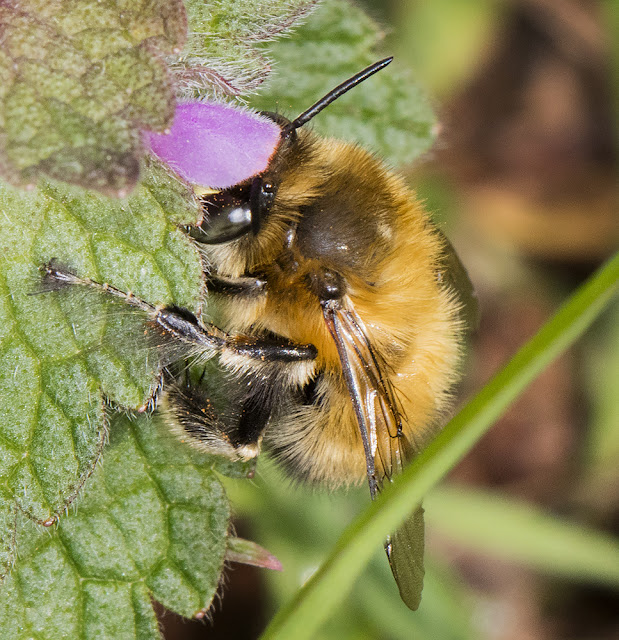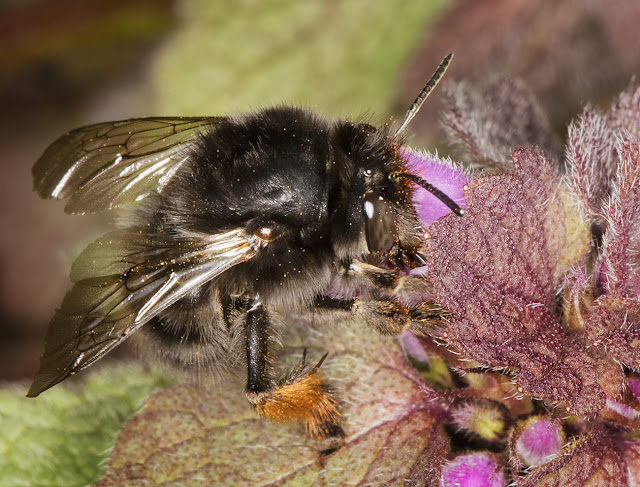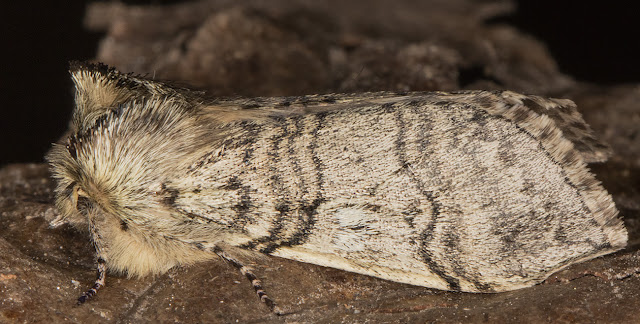 |
| Verge of Farnborough Crescent, Hayes. April 2016. |
Across from the houses in my small estate there is what is, in theory, a grass verge. Some of it is indeed very grassy. But there are lots of plants that can stand up to regular mowing and in the absence of serious competition they can cover quite a lot of the ground.
Competition is lacking because this ground is never fertilised, so the big rough plants like the coarse grasses do not have a chance to establish themselves. In this little section there aren't even any dandelions or daisies, both of which are quite happy on mown lawns.
So what is there instead? In this little section there are three species growing together (ignoring grass for the moment). Most of the greenery, the small feathery leaves, are Parsley-piert, which is not a common lawn weed.
 |
| Parsley-piert, Aphanes arvensis agg. Bourne Way, Hayes, 9 April 2016. |
It's in several verges in this small area but I haven't seen it elsewhere in the district. There are two possible species; I won't know which this one is until it flowers later on. The flowers are tiny and green and I will need a hand lens.
In the low centre of the top photo is a small geranium, Small-flowered Crane's-bill.
 |
| Small-flowered Crane's-bill, Geranium pusillum. Farnborough Crescent, Hayes, 18 April 2016. |
These flowers really are small.
 |
| Small-flowered Crane's-bill, Geranium pusillum. Farnborough Crescent, Hayes, 18 April 2016. |
This plant is sometimes confused with the Dove's-foot Crane's-bill, Geranium molle. But that plant has larger flowers, up to 1 cm across, which are quite pink, not this pale mauve. Dove's-foot's rosette of leaves can look as small as this specimen, but in better conditions it can grow into quite a vigorous clump. Geranium pusillum doesn't do that. There are also distinct differences in the hairs on the leaf stalk.
 |
| Petiole hair comparison: Geranium molle and Geranium pusillum. |
I have looked at a lot of these recently and finally found the Small-flowered Crane's-bill right outside my door! The Dove's-foot is much more shaggy, under a hand lens.
The third species in the top photo can be seen at the top, right of centre, with some tiny blue flowers. This is a rather small specimen of Common Field Speedwell, Veronica persica. It isn't a native. It did indeed originate in Persia, as the scientific name suggests. But it's everywhere now, and I think its blue flowers really cheer up a lawn in spring.
 |
| Common Field Speedwell, Veronica persica. Saville Row, Hayes, 13 April 2014. |
Here's a bigger and healthier specimen I photographed across from my house in 2014. The small size of the plant in the top photo is another indication of how nutritionally poor that patch of soil is. It probably also dries out quite easily, being right at the edge of the verge. Occasionally people will tread on it or a car will drive over it, so it's a stressful place for plant life.
Of course, there are other plants in the verge, mostly in the less stressful parts. I mentioned dandelions and daisies, and there are some of those. There is some Dove's-foot Crane's-bill not far away. There are grasses and mosses and yellow-flowered dandelion look-alikes and medicks.
This verge is mown every week. The Parsley-piert never gets high enough to lose leaves. Of the larger plants, those that grow their leaves from a low central point have the best chance of thriving. If they lose some leaves or flowers, they can easily put out some more, whereas a tall-stemmed plant might be killed. But there are lots of these low plants, which makes my verge an interesting place if looked at carefully.



















